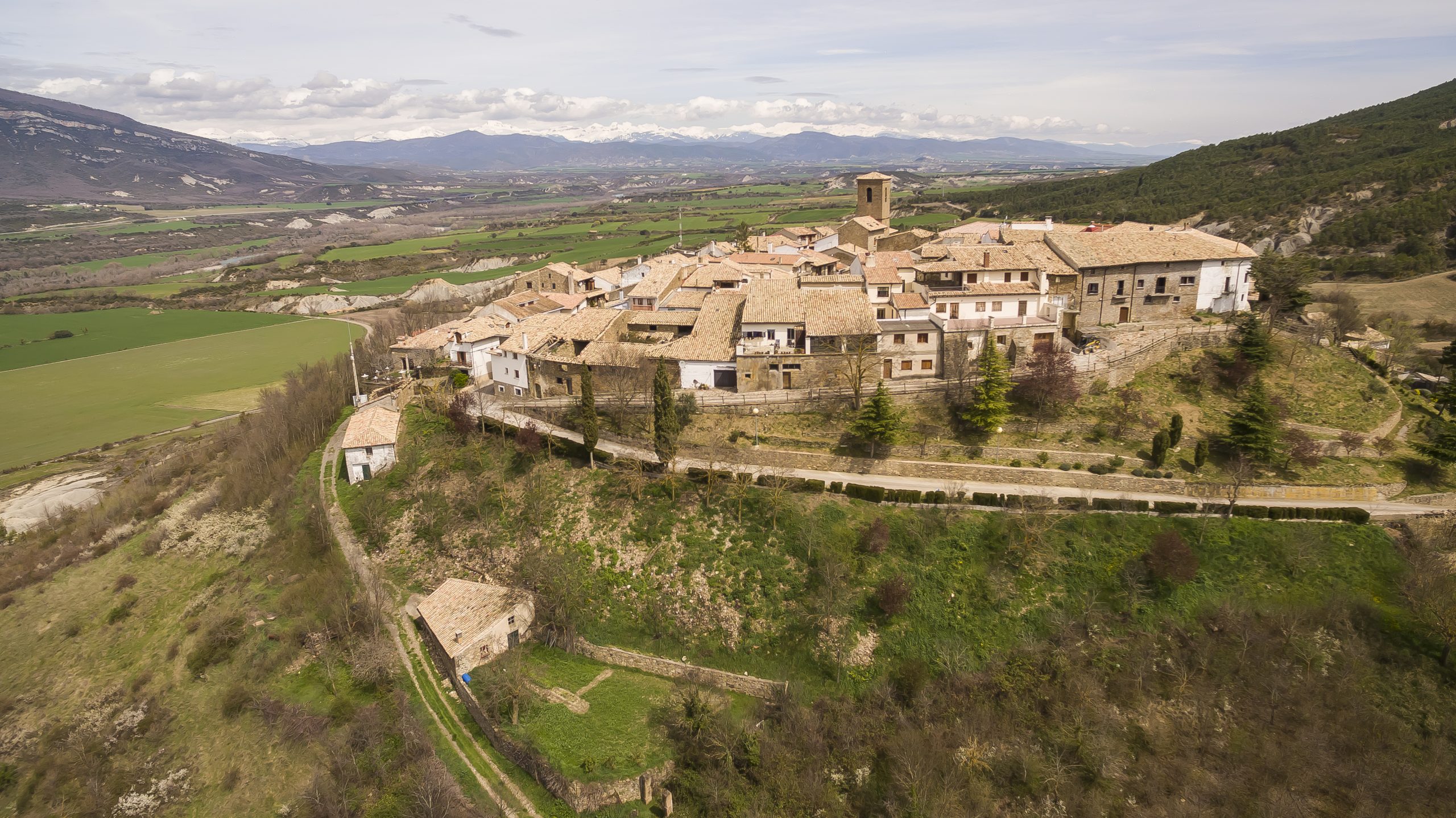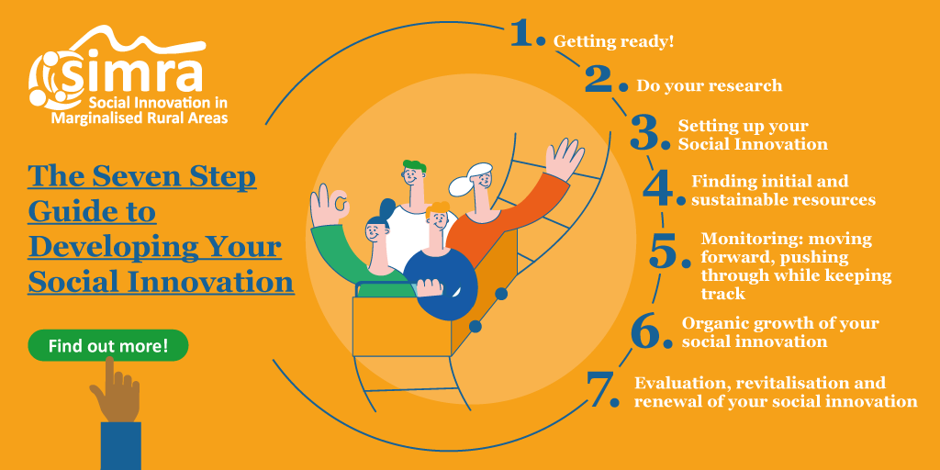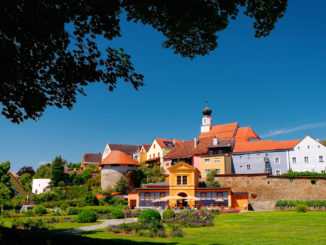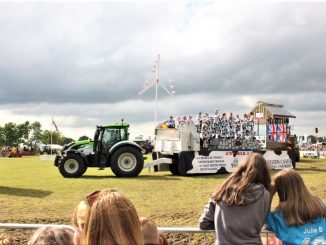
What lies behind the transformational changes that have been made in marginalised rural areas? What are the social, economic and cultural drivers of “Smart Villages”, which have emerged as another facet of the EU’s support for community-led development? The Horizon 2020 research project on Social Innovation in Marginal Rural Areas (SIMRA) analysed the drivers of successful social innovations, and the replicability and upscaling of success in community-led development.
Bill Slee and Lauren Mosdale
Austerity politics have limited the capacity of the public sector to provide basic services to everyone. But communities are refusing to accept a fate of decline. Communities like the mountainous village of Artieda in Aragon, Spain, have responded with a bottom-up approach to renewal, creating a platform for the village’s sustainable development. Civic engagement with different stakeholder groups and collaborative planning with strong leadership by determined and capable leaders have underpinned Artieda’s revitalisation.
In SIMRA, we wanted to focus on this type of innovative behaviour which involved civil society actors alone or in partnership with others. This is in line with the definition of social innovation we developed: “the reconfiguring of social practices, in response to societal challenges, which seeks to enhance outcomes on societal well-being and necessarily includes the engagement of civil society actors” where the outcomes could be social, environmental or economic.

What are the drivers of social innovation in rural areas?
Trigger event
Social innovation does not happen in a vacuum. There is normally a trigger event such as the closure of a factory or school, or in Artieda’s example, a threat of a reservoir development on its best farmland, as well as the continuous trickle of depopulation. This trigger instigates a response. Someone has an idea of what to do; it is shared and typically a team of lead actors emerges that drives the project forward. In the absence of trust the idea may well be stillborn. But given community endorsement it can grow to impact on the whole community.
Supporting policies
Scotland has an impressive architecture of supportive policies and agencies. Scotland’s Community Empowerment Act is hugely important. What’s more, the Scottish Government has created several agencies such as Community Land Scotland, Local Energy Scotland, and the Climate Challenge Fund to drive and support community-led projects. We found that supporting policies were very variable between countries. At local level, attitudes of municipalities were critical. Some were deeply engaged, but others seemed too risk-averse or too keen to retain power and responsibility to allow citizen-led innovation.
Leadership
Without effective leadership, projects often founder. When leaders move on, succession planning is crucial. Trust, long seen as an important part of social capital, is also important in social innovation. Where it is in short supply, because of old “mentalities” in parts of post-socialist Eastern Europe, social innovation is much more challenging, but by no means absent.

How did SIMRA explore social innovation?
We built our approach around co-construction of the research questions. Our Social Innovation Think Tank enabled regular dialogue with the practice community. We worked in tandem with Innovation Actions on the ground to better understand the enabling and constraining forces impacting on social innovation. Based on seven Innovation Actions and twenty-four case studies, we collected detailed evidence to closely evaluate the impact of these social innovations.
We found an absence of effective means of evaluation. To address this, SIMRA developed an evaluation package for social innovations which provides robust evaluation tools for impacts and enables tailored evaluation methods to be developed. These tools connect explicitly to existing EU evaluation methods.
Social innovation and CAP Strategic Plans
At the European level, the future CAP Strategic Plans have the potential to support social innovation by facilitating cooperation (LEADER, EIP-AGRI, Smart Villages), roll-out of broadband, provision of training and advisory services, and networking (CAP Networks), enabling peer-to-peer learning, creating opportunities for new entrants to farming and rural business and investments in supportive infrastructure. However, we need to see more flexible support measures to support innovation in non-agricultural activities.
Place-based challenges
We found that in most cases, social innovation responded to place-based challenges and there was often no strong desire to grow the initiative beyond the community. The desired outcomes were place-bounded – a shop or school staying open, a community-owned renewable energy resource, better management of a community forest, or better supports for disabled people.
We should not condemn those social innovators who address place-based challenges. The mantra of “think global, act local” is central to many of the innovations we explored. Locally, these projects are making a difference. Their actions can be imitated elsewhere, and a cluster of initiatives can breathe new life into marginalised communities and inspire new actions. In the shifting power relations, a rebooting of Europe’s democratic traditions is proceeding. We see a shift away from dependency on state or formal commercial markets towards something very different – a form of community-led, stakeholder-influenced, sustainable development. The global financial crisis exposed the limits of global markets, but weak markets have been a problem in marginalised rural areas for decades. Since the early 1990s, community-led local development has been recognised as a critical ingredient in reviving Europe’s rural areas. LEADER has evolved as the dominant EU rural policy instrument supporting bottom-up, community-led actions.
Bottom-up needs better support
Social innovation is a vital but currently unstated ingredient in delivering on the objectives of the European Green Deal and supporting many of the desired outcomes of the UN’s Sustainable Development Goals. It needs higher recognition to support policy goals. The bottom-up needs better support from emerging top-down policy arrangements.
We need to see a stronger architecture of support at national and regional level, as well as stronger EU policy support. Ring-fencing of some of the ESIF funds, including RDP money to support social innovation, would help. Harnessing local energy and initiative may be crucial for the transformation of rural areas but we still need stronger, more flexible policies to nurture social innovation.
Read SIMRA’s final policy messages here.
 Bill Slee is an Associate of the Rural Development Company and a member of the SIMRA consortium. He now is heavily involved in third sector activity in his home village, as well as engaging with research in rural development.
Bill Slee is an Associate of the Rural Development Company and a member of the SIMRA consortium. He now is heavily involved in third sector activity in his home village, as well as engaging with research in rural development.
 Lauren Mosdale is project officer at Euromontana, the European mountain association, involved in the communication and dissemination of the SIMRA project at the European level.
Lauren Mosdale is project officer at Euromontana, the European mountain association, involved in the communication and dissemination of the SIMRA project at the European level.
More on rural on ARC2020
Rural Dialogues | Ruralization: Finding Frontiers for Rural Regeneration
Rural Dialogues | Best Immigration Practice can help Alleviate Rural Depopulation






1 Trackback / Pingback
Comments are closed.